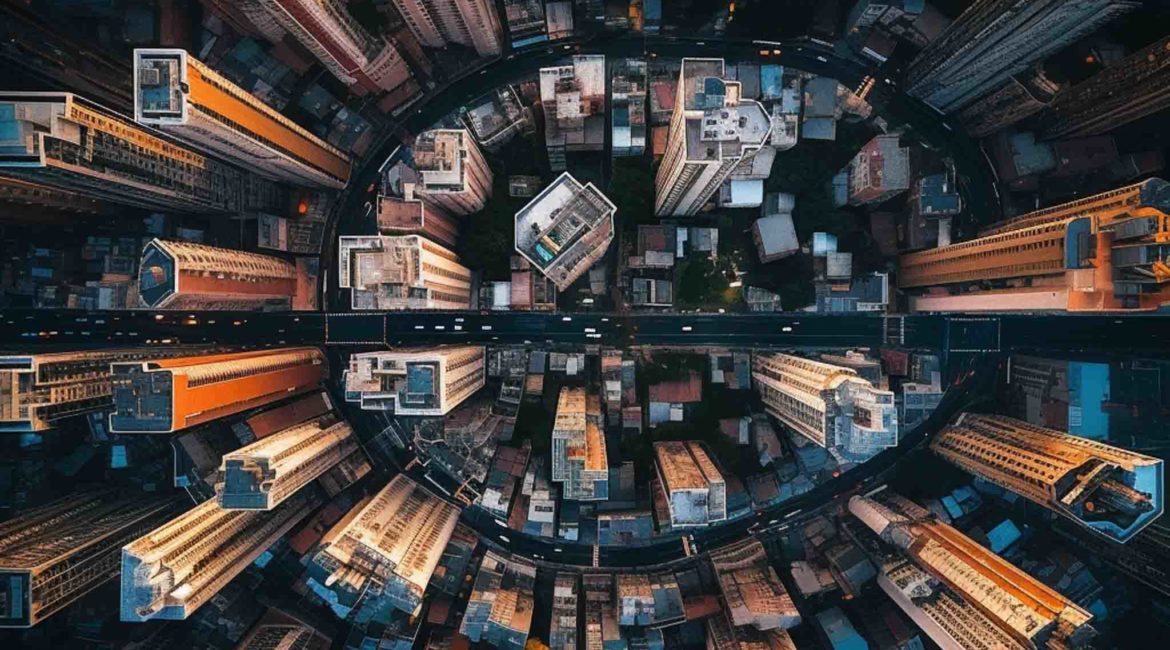Are you an avid photographer looking to elevate your skills to new heights? Drones have revolutionized the world of photography, providing a unique perspective and stunning aerial shots that were once only possible for professionals with access to helicopters or airplanes. With the increasing popularity and affordability of drones, choosing the right one for your photography needs can be a daunting task. In this article, we will guide you through the process of selecting the perfect drone to capture breathtaking aerial photographs.
Introduction: The Rise of Drones in Photography
In recent years, drones have gained significant popularity in the field of photography. These unmanned aerial vehicles (UAVs) equipped with cameras offer photographers the opportunity to capture stunning aerial shots that were once unimaginable. Whether you are a professional photographer or an enthusiast, drones provide an exciting new perspective and endless creative possibilities.
Understanding Your Photography Needs
Before delving into the world of drones, it’s essential to assess your specific photography needs. Consider the type of subjects you wish to capture, the level of control and maneuverability required, and the desired image quality. This self-reflection will help you make an informed decision when selecting the right drone for your photography endeavors.
Factors to Consider When Choosing a Drone
Establishing a budget is a crucial starting point when buying a drone. Drones are available at various price points, ranging from budget-friendly options to high-end professional models. Determine how much you are willing to invest in a drone, keeping in mind that higher-priced drones often offer better image quality, stability, and advanced features.
The quality of the camera is one of the most important factors to consider. Look for drones with high-resolution cameras capable of capturing detailed images and videos. Features like adjustable aperture, RAW image capture, and stabilization systems can significantly enhance the quality of your aerial photography.
Flight time and battery life are crucial considerations, especially if you plan on covering extensive areas or shooting lengthy videos. Ensure that the drone you choose has an adequate flight time that aligns with your photography needs. It’s also a good idea to invest in extra batteries to extend your shooting time.
Portability is an important aspect to consider, especially if you intend to travel with your drone. Smaller, lightweight drones are easier to transport and offer greater flexibility in capturing shots from various locations. Larger drones may provide better stability and advanced features but can be bulkier to carry around.
Flight stability and ease of control are vital for capturing smooth and steady aerial shots. Look for drones equipped with intelligent flight systems, such as GPS and obstacle avoidance, to ensure a safer and more controlled flying experience. User-friendly controls and intuitive interfaces can also contribute to a seamless operation.
Types of Drones for Photography
Consumer Drones
Consumer drones are designed for beginners and hobbyists. They are often more affordable and user-friendly, making them a great choice for those just starting with aerial photography. These drones usually have basic camera capabilities and limited flight features.
Prosumer Drones
Prosumer drones cater to enthusiasts and intermediate-level photographers. They offer a balance between affordability and advanced features, including better camera quality, longer flight times, and enhanced stability. Prosumer drones are suitable for users who want to elevate their photography skills without breaking the bank.
Professional Drones
Professional drones are the top-tier models designed for serious photographers and commercial use. These drones come equipped with high-resolution cameras, advanced flight capabilities, and robust build quality. They provide unparalleled image quality, precise controls, and additional features like interchangeable lenses and thermal imaging.
Legal Considerations for Drone Photography
When engaging in drone photography, it’s essential to abide by the legal regulations and guidelines set by your country or region. Some key considerations include:
Registering Your Drone
In many countries, drones above a certain weight threshold must be registered with the aviation authorities. Ensure that you comply with the registration process and display the necessary identification marks on your drone.
Adhering to Local Laws and Regulations
Familiarize yourself with local laws regarding drone flight. Respect privacy boundaries, avoid restricted airspace, and adhere to any limitations or restrictions imposed by the authorities. Stay informed about any updates or changes to the regulations to ensure safe and legal drone operation.
Tips for Flying and Capturing Great Photos
To make the most of your drone photography experience, consider the following tips:
Pre-flight Checklist
Before taking off, perform a thorough pre-flight checklist. Ensure that your drone is in good working condition, the batteries are fully charged, and all components are securely fastened. Check the weather conditions, assess the flight area for potential obstacles, and calibrate your drone if necessary.
Composition and Framing
Just like traditional photography, composition plays a vital role in creating visually appealing aerial photographs. Experiment with different angles, perspectives, and framing techniques to capture unique and captivating shots. Keep the rule of thirds and leading lines in mind to create visually balanced and engaging compositions.
Utilizing Intelligent Flight Modes
Most drones come equipped with intelligent flight modes that can assist you in capturing specific types of shots. Explore features like waypoint navigation, follow me mode, and orbit mode to add creativity and variety to your aerial photography portfolio. However, always ensure the safety of your surroundings when using these modes.
Post-processing Techniques
After capturing your aerial shots, take advantage of post-processing techniques to enhance the final image quality. Use editing software to adjust exposure, contrast, and colors to bring out the best in your photographs. Experiment with different filters and effects while maintaining a natural and realistic look.
Choosing the right drone for your photography needs is a crucial step towards unlocking the incredible world of aerial photography. Consider your budget, desired camera quality, flight time, and portability when making your decision. Whether you’re a beginner, enthusiast, or professional, there is a drone out there that can elevate your photography skills and provide you with breathtaking aerial perspectives.





